The new Henry Lever Action Supreme is much like Henry’s other lever-action rifles.
It features a super slick operating lever, excellent accuracy, and the fit and finish you expect from U.S.-made Henry rifles.
The Supreme just does it better with additional features like an adjustable trigger, sub-MOA accuracy, a threaded barrel for a suppressor, and it is compatible with AR15-style magazines.
AR15/Lever-Action Fusion
In recent years, a few firearm manufacturers have been trying to create a hybrid lever action that feeds from AR15 magazines. Bond Arms and Herring are two that come to mind.
While rifles from those two manufacturers look like a lever action-AR15 mashup, the Henry Lever Action Supreme took a different approach while still using AR15 components.
The Supreme does not have an exposed hammer. The hammer is enclosed in the receiver, which looks similar to a Browning BAR receiver with a humpback and slab sides. Shooting with open sights, the high receiver helps guide your eye to the sights. Those who learned to hunt with lever actions appreciate the hammerless design.
Learning to silently cock the hammer on a lever action is a lost art. Instead, the Supreme features an ambidextrous thumb safety built into the tang. The thumb of your shooting falls on top of the safety for quick and easy manipulation. It’s relatively quiet, too. A lever block safety is also built in for added safety. It prevents the rifle from shooting when the lever opens.
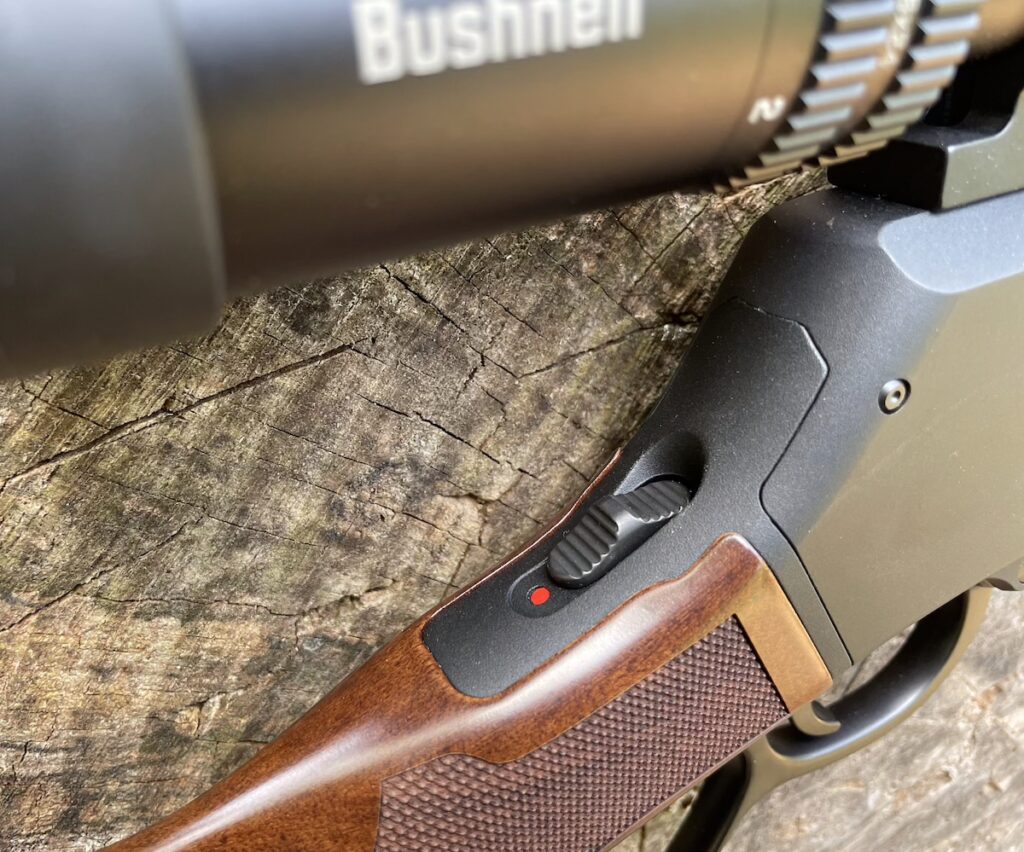
Inside the receiver, the lever-action/AR15 fusion begins. The Supreme uses a rotating AR15-style bolt head identical to an AR15 bolt head in an AR15, minus the gas rings.
The bolt head uses the standard AR extractor and ejector setup, cotter pin, firing pin, and bolt cam pin. It will look very familiar to anyone who knows their way around an AR. The bolt head is mated with Henry’s bolt carrier, which is actuated via the lever.
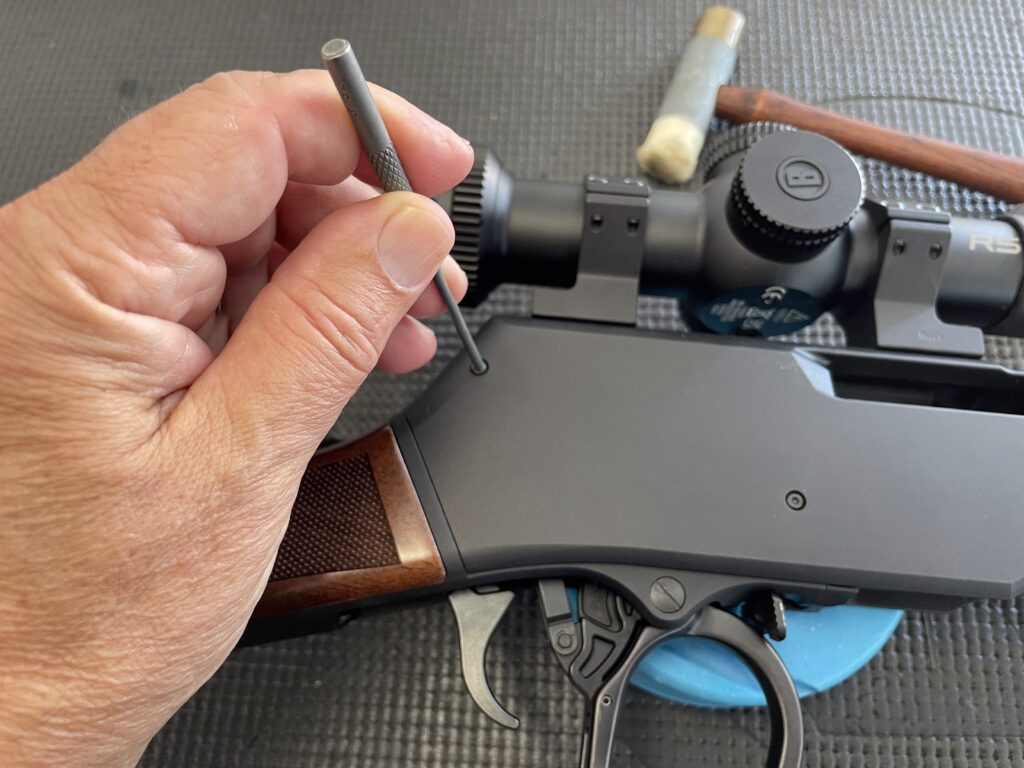
Getting to the carrier and bolt head for maintenance is simple. Drift out two non-directional pins in the receiver in either direction, and then pull the stock/lever assembly from the barrel assembly.
The stock/lever assembly contains the stock, lever, trigger assembly, and bolt assembly. The barrel assemble half houses the receiver, forend and barrel. Reassembling the Supreme I easy and fast and doesn’t require any special tools. It’s not complicated, just different.
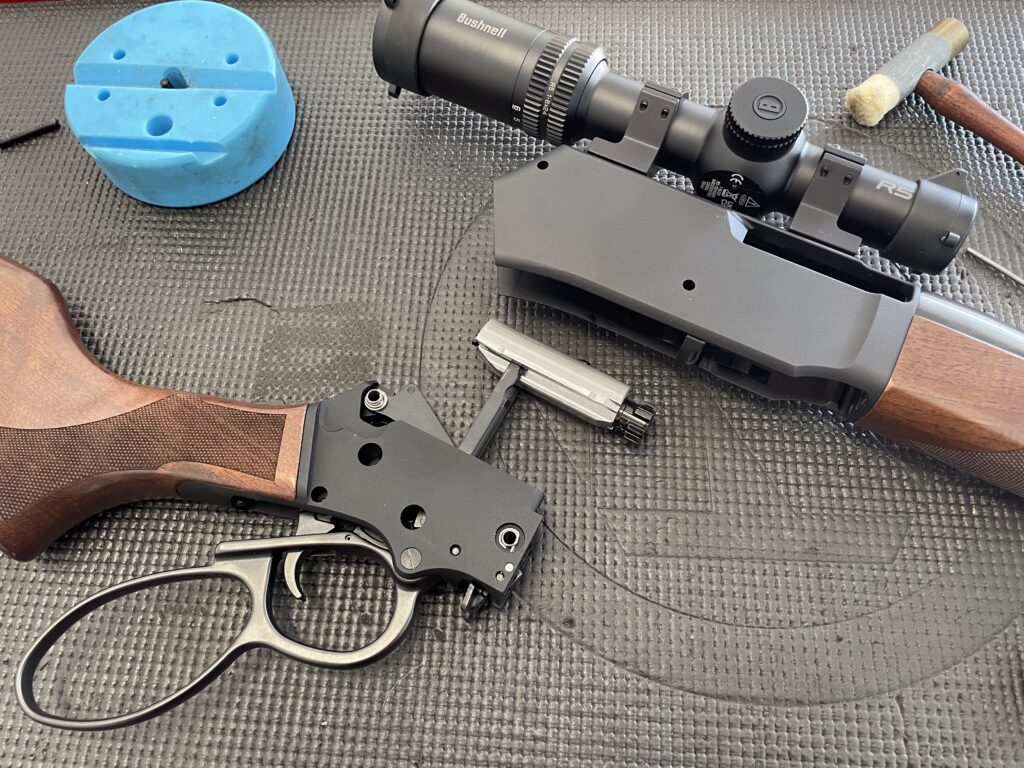
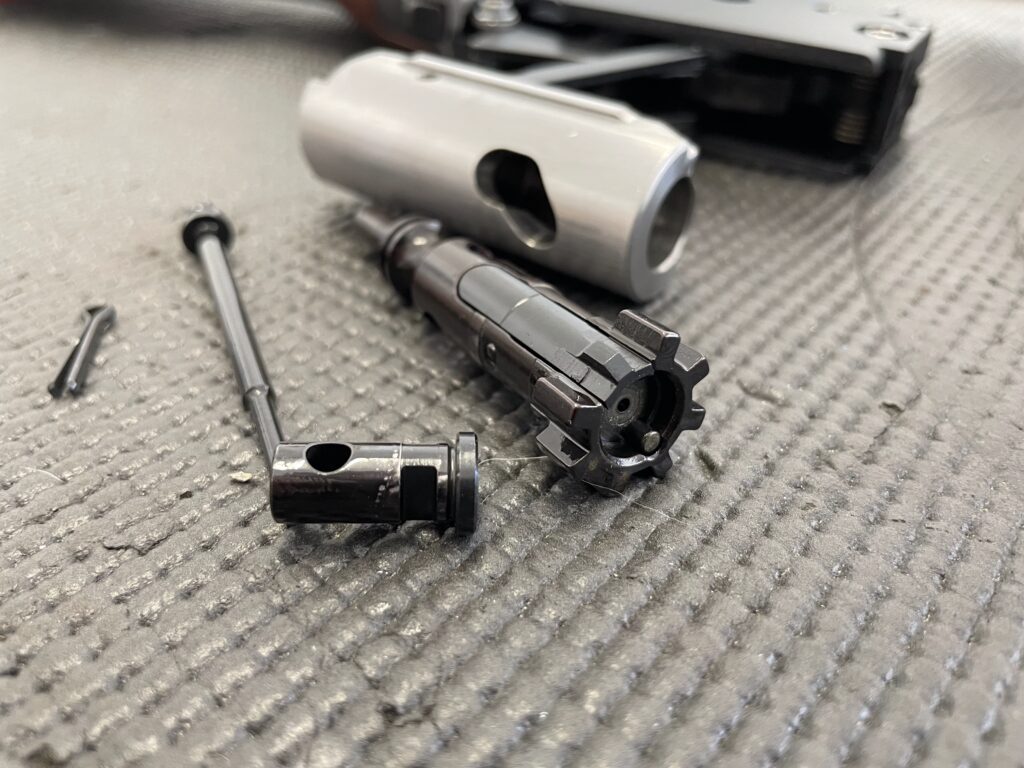
The stock is two nice pieces of checkered walnut. The wood gives the Henry Supreme that traditional feel in the hand. The rifle’s balance point is between your hands, where the receiver and barrel meet.
It is lively, and the rubber recoil pad edges are rounded so they don’t snag on clothing when shouldering the rifle. Sling studs are installed.
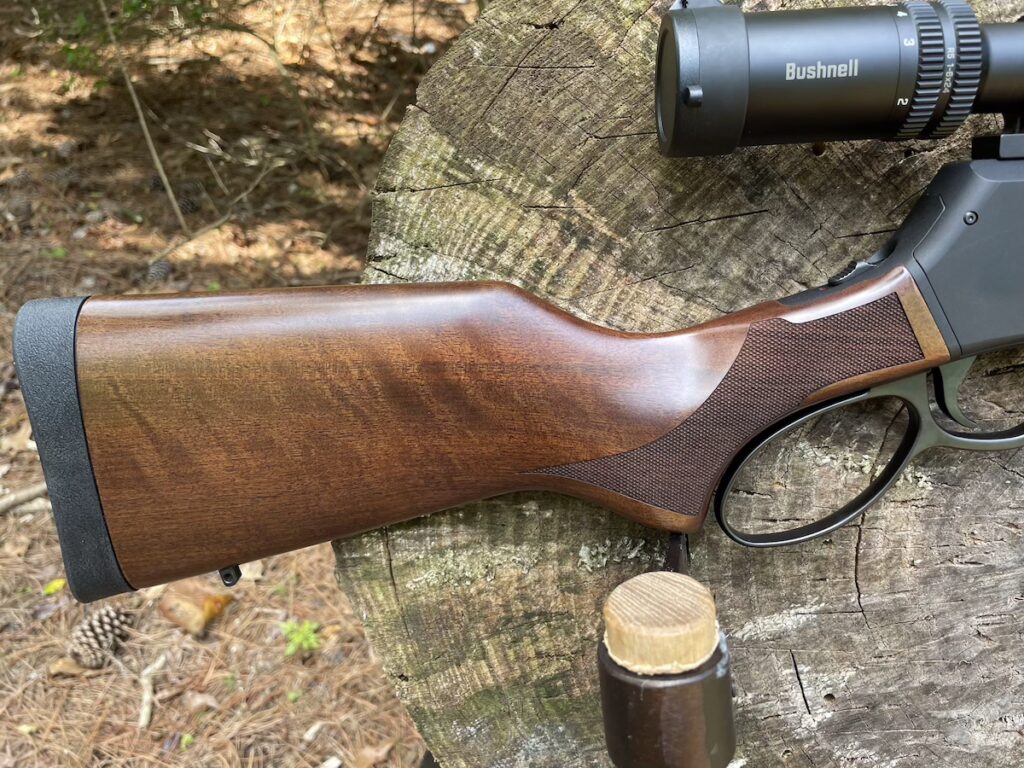
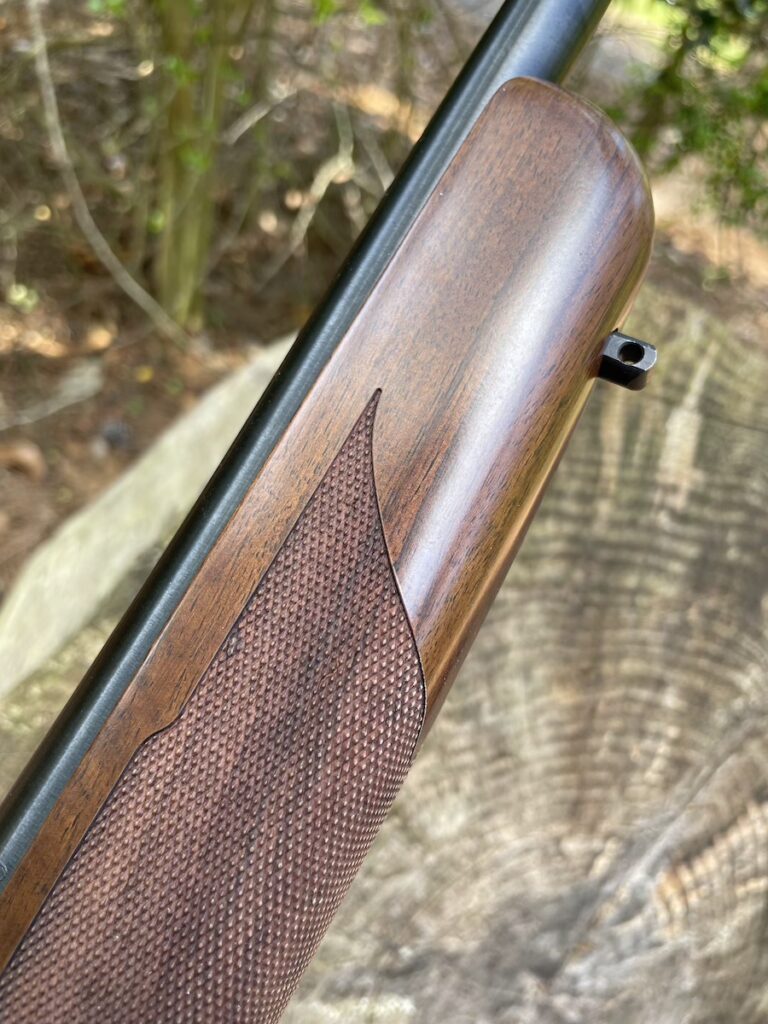
Henry Lever Action Supreme Specs:
- Action: Lever action w/rotating AR-style bolt head
- Caliber: .223 Rem./5.56 NATO
- Capacity: 10-round AR15 style magazine
- Barrel: 18 inches, 1:8 twist, threaded
- Length: 36.6 in.
- Weight: 6.4 lb.
- Stock: Checkered walnut w/rubber recoil pad
- Trigger: User adjustable, 3-6 lb.
- Sights: Adj. rear/post front, drilled and tapped
- Safety: Manual thumb, internal trigger block
- MSRP: $1,299
Where To Buy

Choose Your Poison: 5.56 NATO or 300 BLK
Henry opted to chamber the Supreme it two of the most popular AR15 calibers: .223 Rem./5.56 NATO and 300 BLK. The 5.56 model has an 18-inch barrel and the 300 BLK has a 16.5-inch barrel. My Supreme was chambered in 5.56. The barrel is threaded for a suppressor or your favorite muzzle brake or compensator. I ran it without a muzzle device and a Strike Industries JCOMP Gen2 comp, which I like to run on one of my ARs.
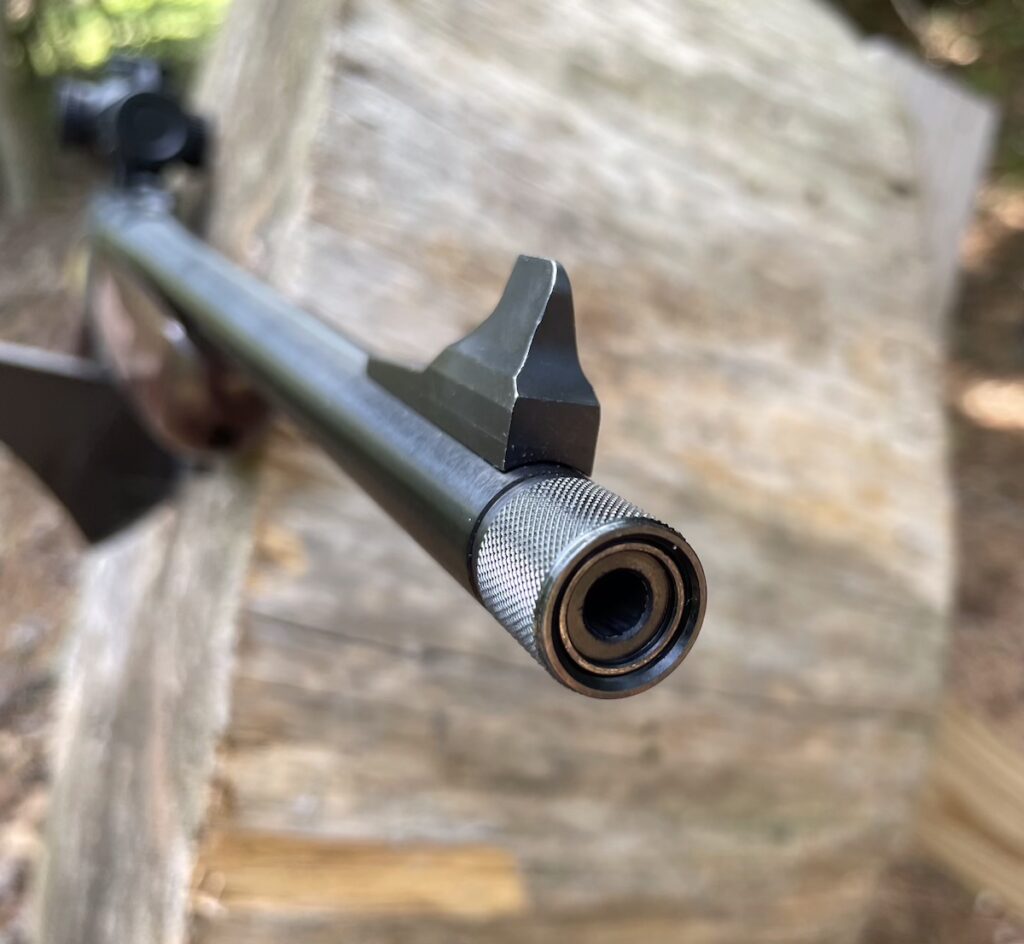
Supreme Iron Sights
You would think that iron sights could not be improved on a lever gun, but Henry chose to innovate the rifle, not just parts. The new sights features a trapezoidal notch rear sight fully adjustable for windage and elevation using the same tool that adjusts the trigger pull weight.
Henry includes the toothpick-thin wrench with the rifle. The steel front blade is triangular in shape and features a horizontal line halfway down that aligns with the bottom of the notch, while the top of the front sight is flush with the notch. The line can be useful if you opt to use iron sights. Once you are zeroed in and know where your load hits, you can use it to compensate for elevation. I tried it out with the iron sights and liked how they worked.
However, I chose to mount an optic, and I thought an LPVO scope would be a perfect match for the Henry Supreme.
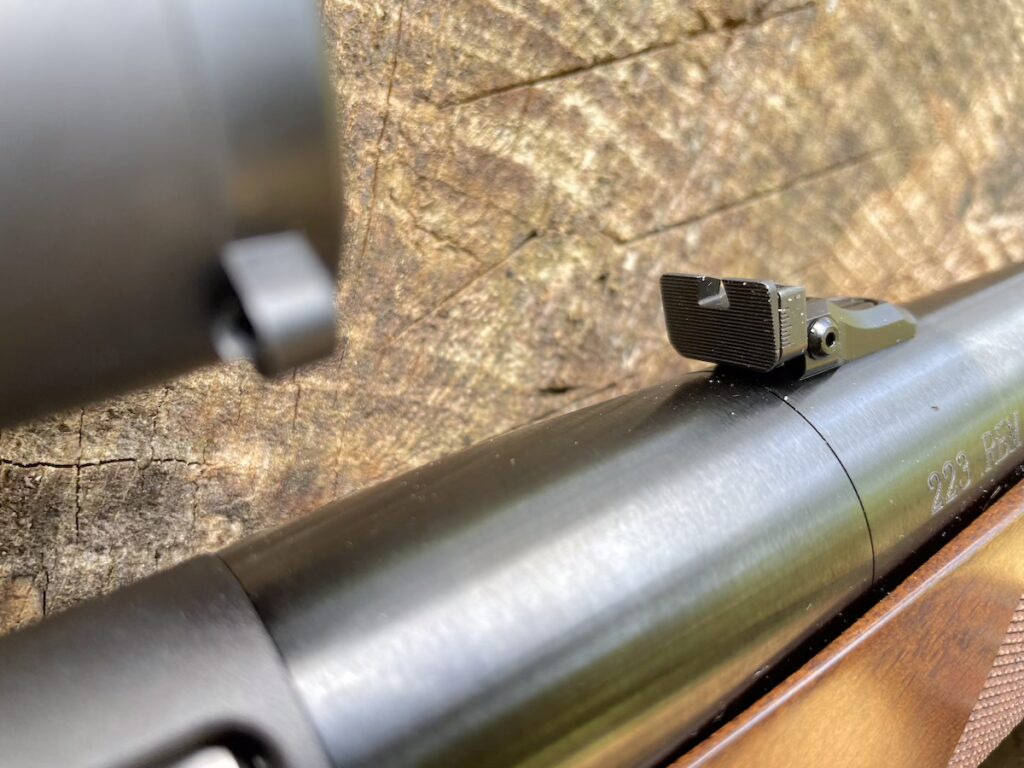

I scavenged a Bushnell R5 1-6x24mm off of my pig hunting AR and mounted it to the Henry. Henry drills and taps the aluminum receiver.
I also used Henry’s medium-height bases, which are made by Talley. With an LPVO, I could have used low-height mounts, but if your optic has a large objective lens, opt for the medium size. The medium-height bases offer a solid and comfortable cheek weld with the Bushnell.
The R5 scope features a simple illuminated DD2-QA reticle, which is part German #1 style. It has an illuminated 1 MOA center dot surrounded by 6 MOA Illuminated quadrants.
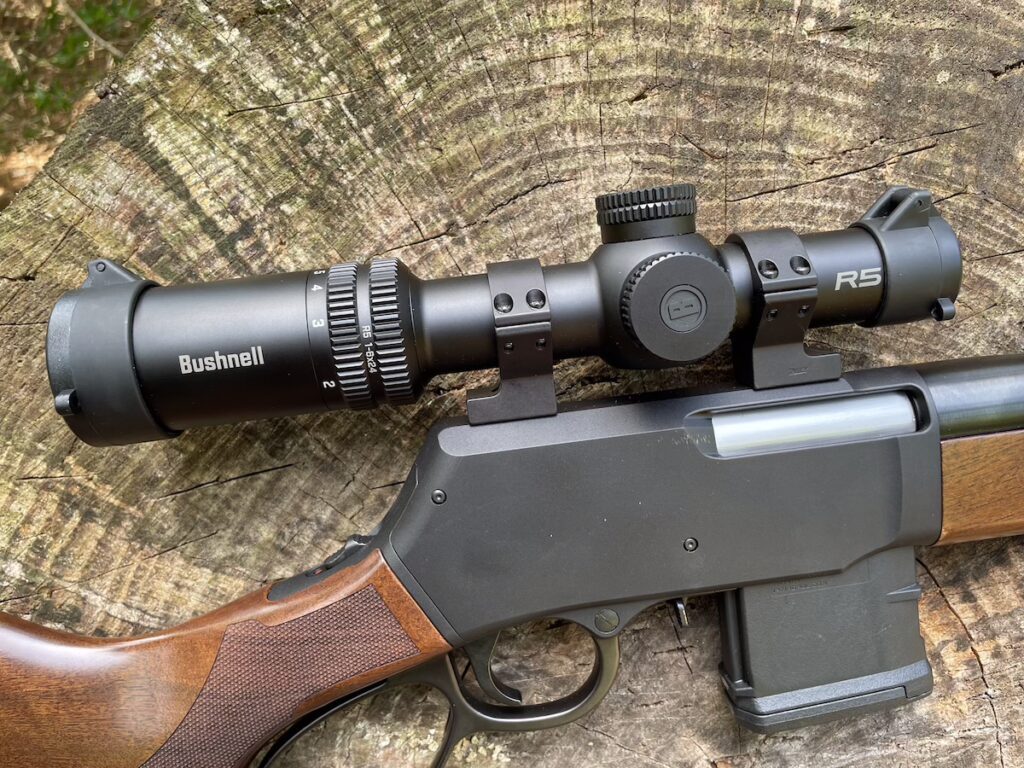
AR15 Magazine Compatibility
Another feature that sets the Henry Supreme apart from traditional lever actions is the detachable box magazine. Sure, the Henry Long Ranger and the Browning BLR have removable box magazines, but the Henry Supreme is comparable to an AR15 magazine.
It ships with a 10-round Magpul PMAG with a 5-round limiter to comply with hunting regulations in certain parts of the country. Who doesn’t have AR15 magazines on hand? I tried Gen2 and Gen3 Magpul magazines in 10- and 30-round configurations, Hexmag polymer 30-round mags, Lancer Gen2 hybrid 10-round mags, and 30-round DuraMag Stainless Steel magazine.
All of these inserted easily into the Supreme and functioned without incident. I did try some aluminum AR15 magazines but they did not insert easily into the mag well.

The magazine release is an ambidextrous paddle that is pushed forward to release the magazine. The magazines did not free fall. I had to pull them out of the magazine well. I assume with use, the magazines might free fall.
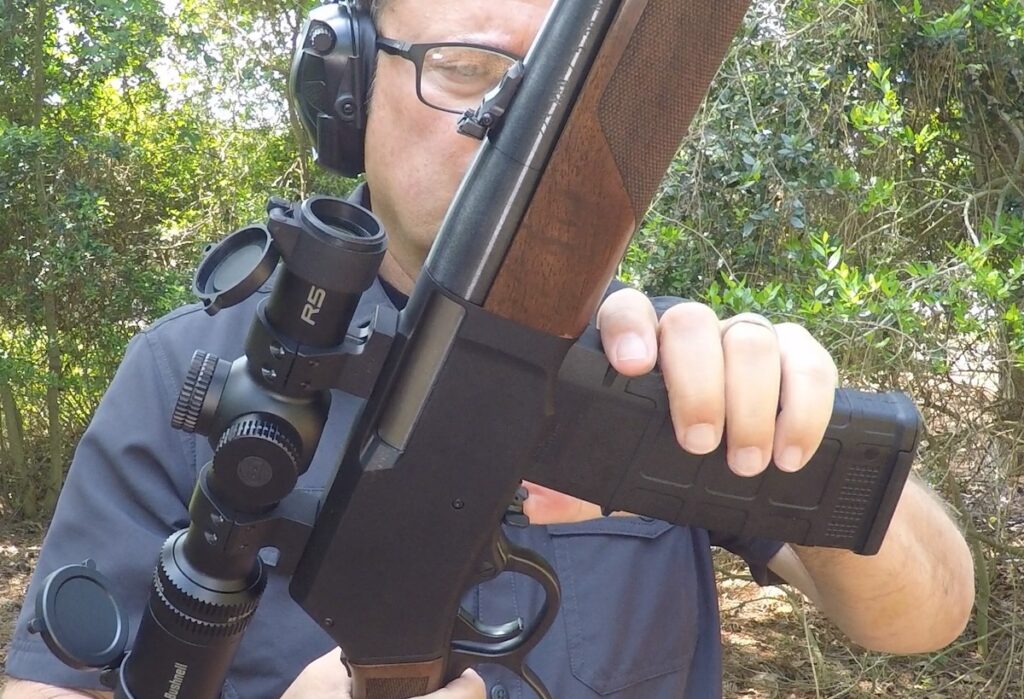
Sub-MOA Lever Action
Sub-MOA and lever action aren’t typically used in the same sentence since most lever guns are built with a tubular magazine, forend, and barrel bands that constrict the barrel.
The Supreme’s barrel is free-floating. The forehead is press-fit into the receiver and attaches to an aluminum stud that also attaches to the receiver. Lever-action triggers traditionally are not as crisp or break as clean as some AR15 or bolt-action rifle triggers. Henry took care of this liability by designing a beautiful trigger that is adjustable without having to disassemble the rifle.
The same toothpick-sized hex wrench that adjusts the rear sight is used to tweak the trigger pull weight. A small hole in the face of the trigger allows the user to adjust the pull from 3 to 6 pounds. My rifle came from the factory at a delightful 3.3 pounds.
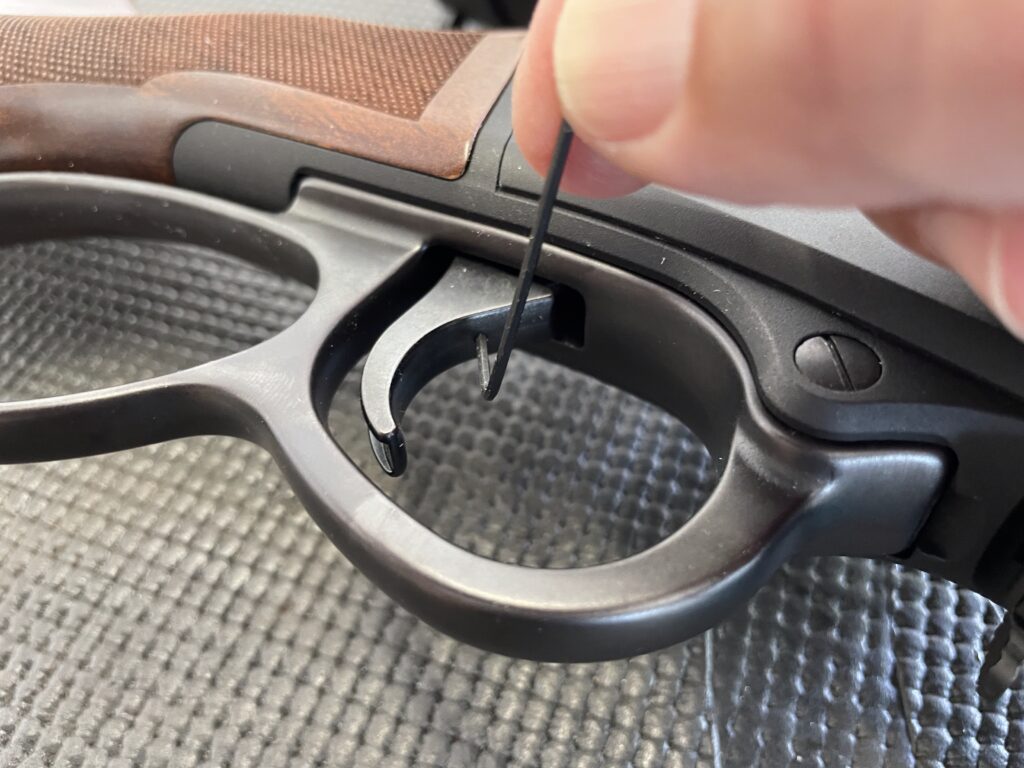
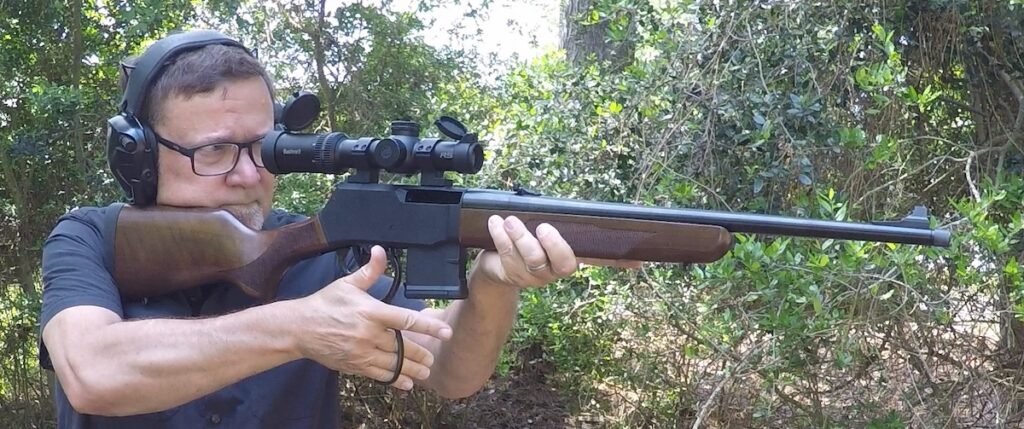
I used a range of bullet weights from 55-grain FMJs to 77-grain HPBTs. Starting with Lakeshore 55-grain FMJs the best 3-shot group at 100 yards measured 1.11 inches, average was 1.24 inches.
Hornady Balck, with a 62-grain FMJ, had a best group that measured 0.79 inches and averaged 1.03 inches. The groups started to become interesting as bullet weight increased. Fiocchi Hyperformance, with a 69-grain Sierra MatchKing HPBT, had a best that measured 0.57 inches and an average of 0.78 inches.
Nosler Match Grade RDF with a 70-grain RDF (Reduced Drag Factor) bullet produced a 0.35 inch best and averaged 0.56 inches. The heaviest bullet used was Noisler’s 77-grain HPBT in their Match Grade ammo line. It had a best of 0.54 inches and an average of 0.56 inches. Sub-MOA from a lever-action? Yes. Accuracy was pretty darn good.
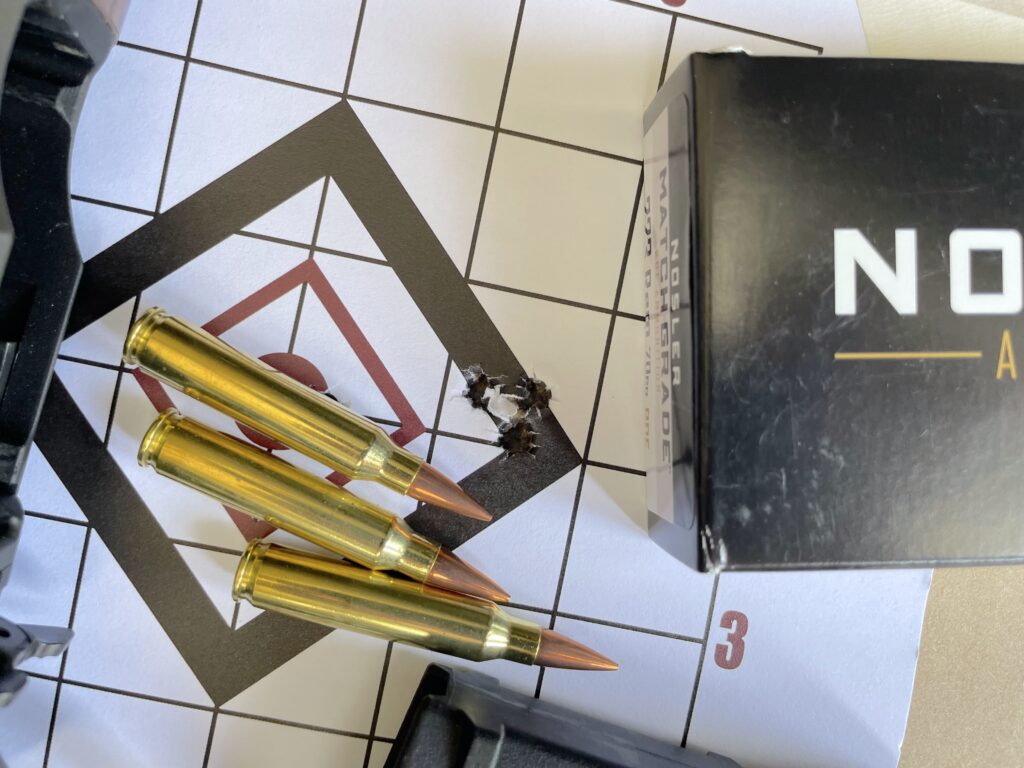
The action cycled smoothly throughout the forward and rear cycles, with no perceived rubbing. The cycle was smooth throughout the entire throw.
I tried to tip of the Supreme by cycling the lever slowly, and it functioned perfectly.
I didn’t notice any difference when using 10 or 30 rounds magazines, other than the extra weight of the fully loaded 30-rounders.
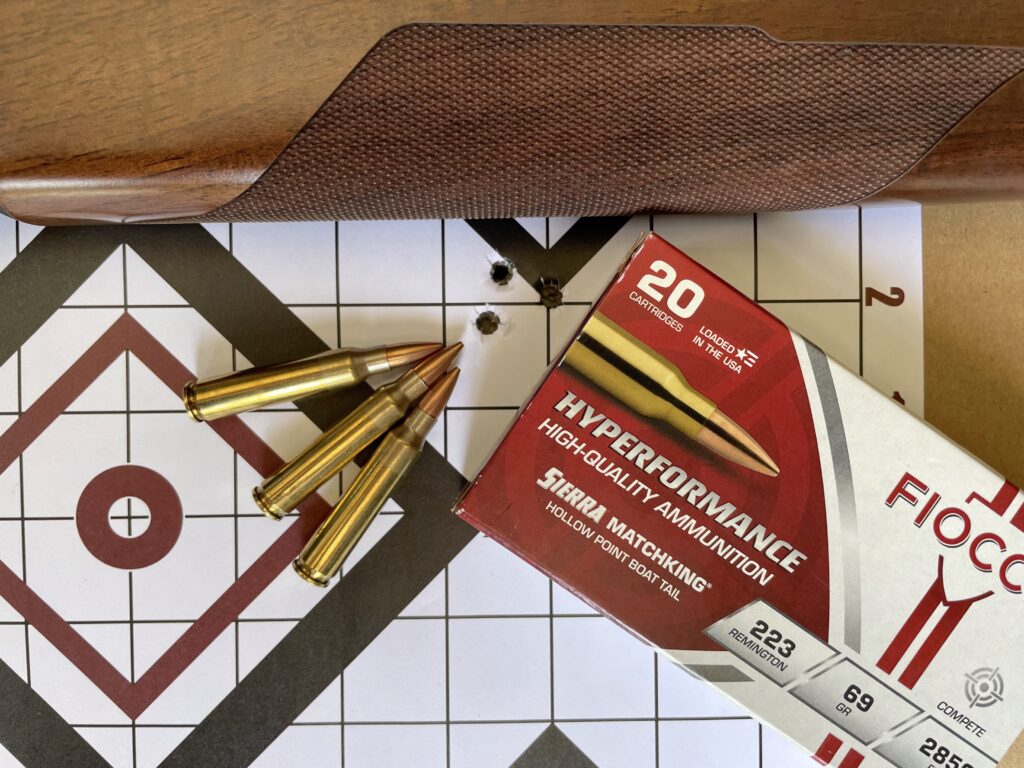
Shooting the Henry Supreme off hand I found that cycling the lever did not throw me off target as much as cycling a bolt action.
With the Bushnell set at 1x power, it was easy to shoot and follow up with a second shot fast without losing the target in my field of view. Shooting open sight off hand was fun and easy since the iron sights work well with the rifle.
The Supreme, loaded with a 30-round magazine, would be a great defense rifle. With the 10-round magazine, I don’t doubt it would make a great hunting rifle.
Is The Henry Lever Action Supreme Worth It?
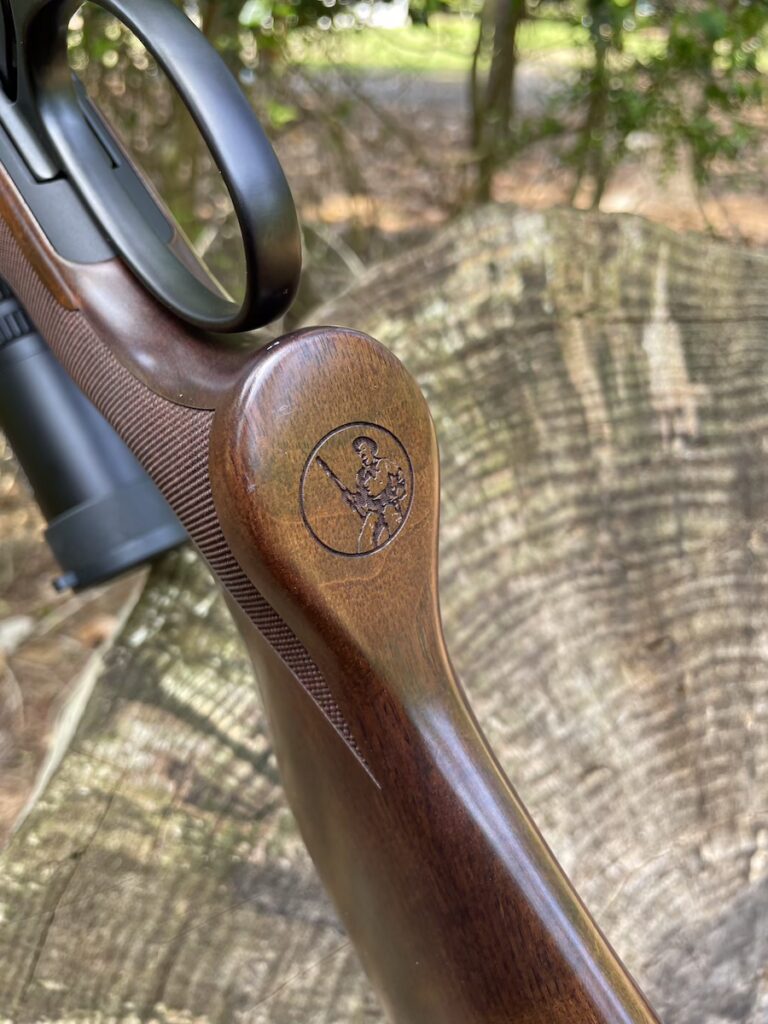
Lever-action rifles have become increasingly popular in recent years. That could be because they are handy, fast-shooting rifles.
The cost of the Henry Supreme is not cheap at $1,299, but I have seen prices lower online. Ranger Point offers aftermarket metal skeletonized stocks and M-LOK rails to give the Henry Supreme a more tactical look.
I plan on running the Henry Supreme this hunting season and keeping it staged in my house with a 30-round mag for boogie man season.
Read the full article here

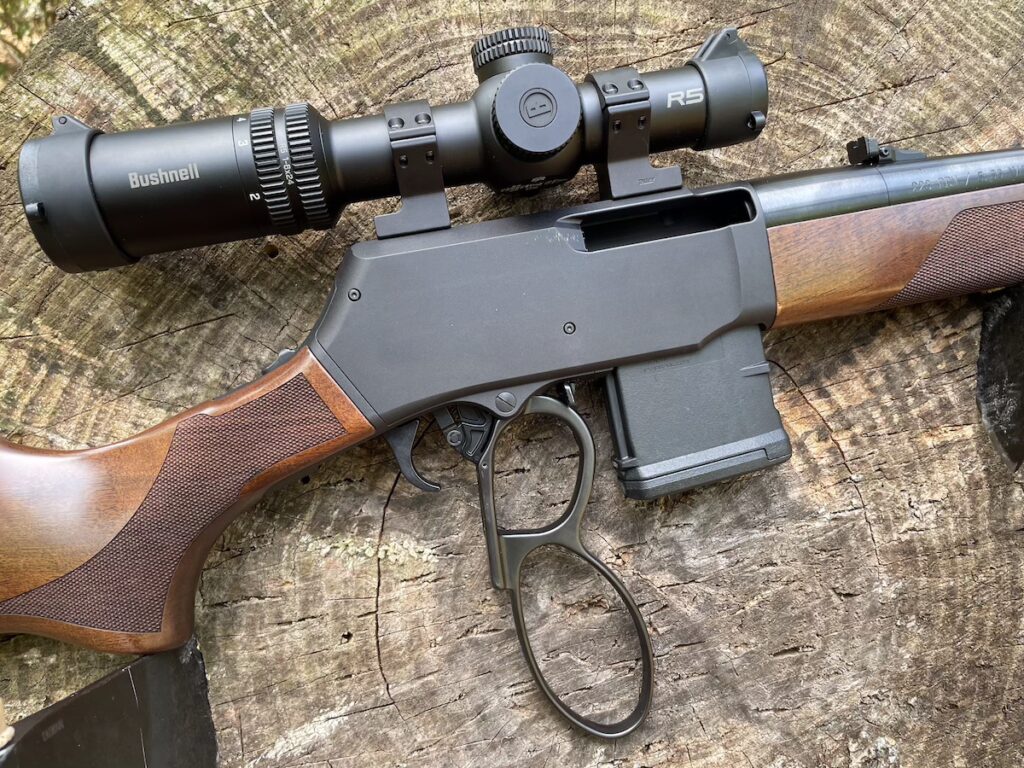
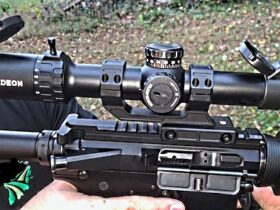
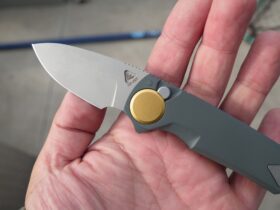
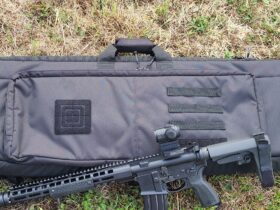

Leave a Reply